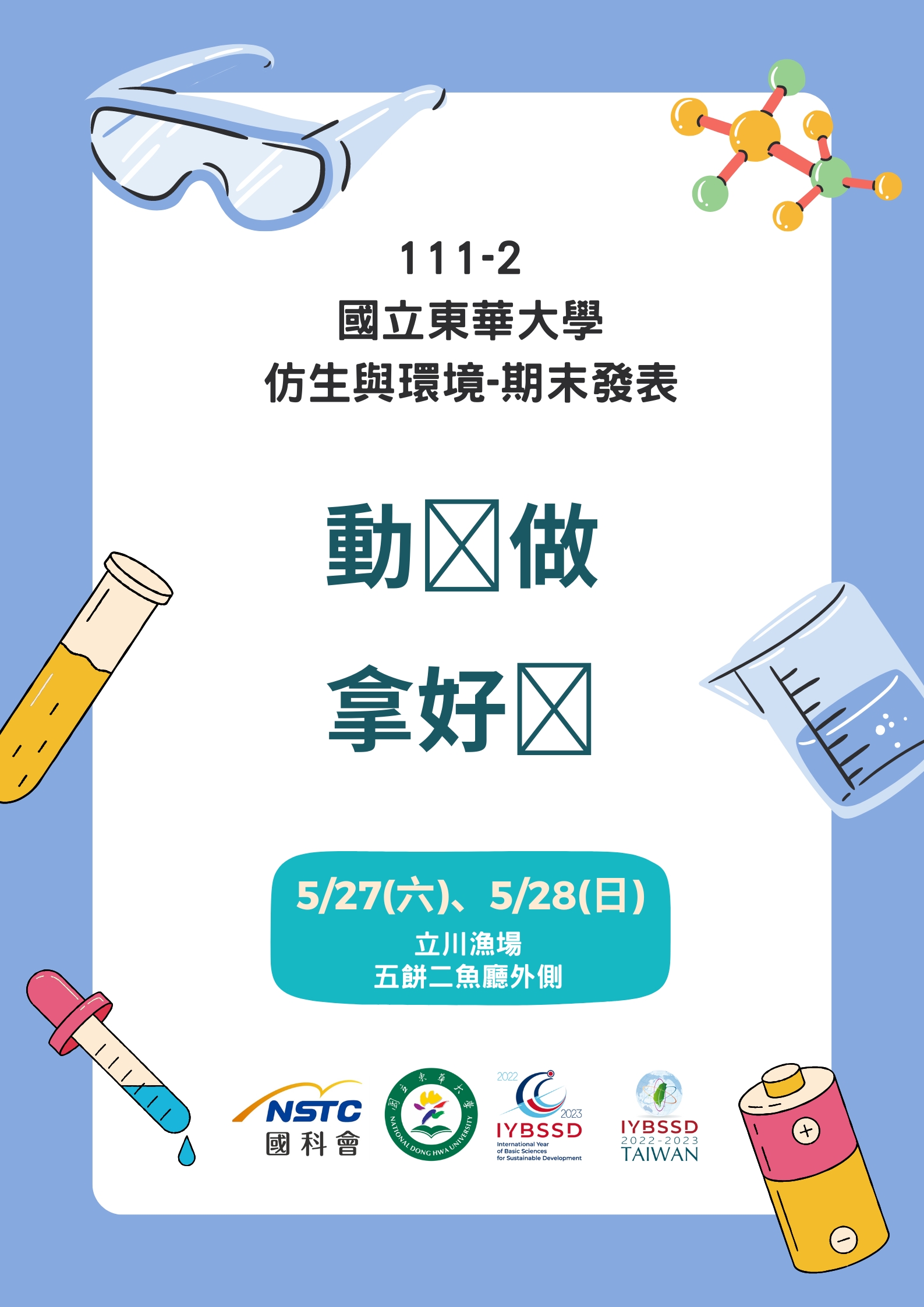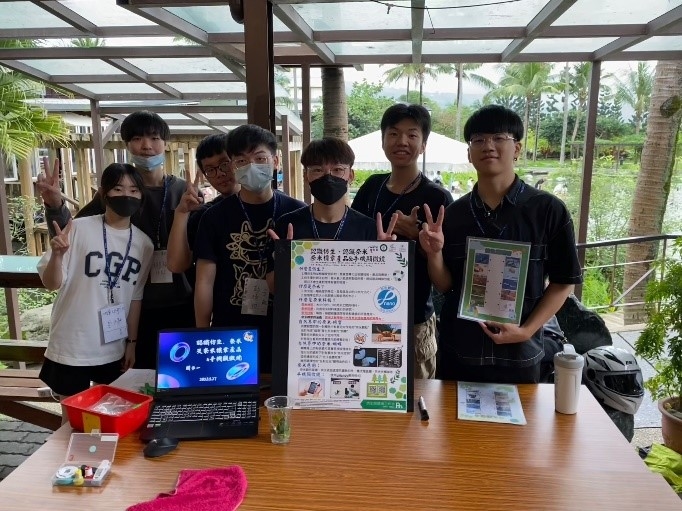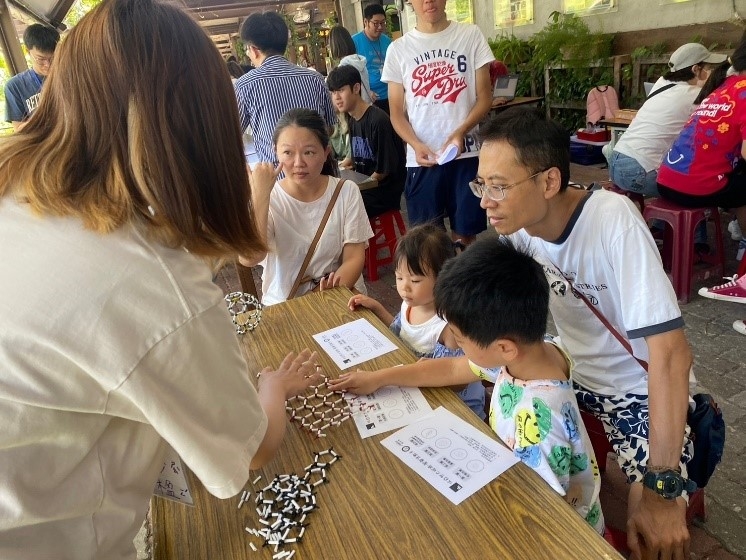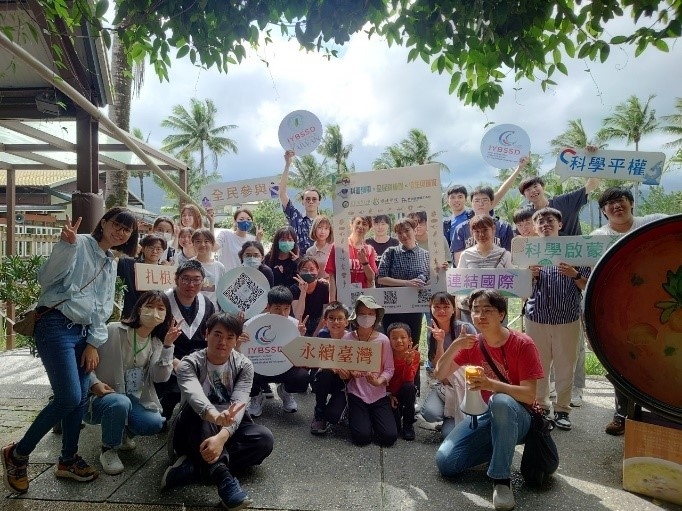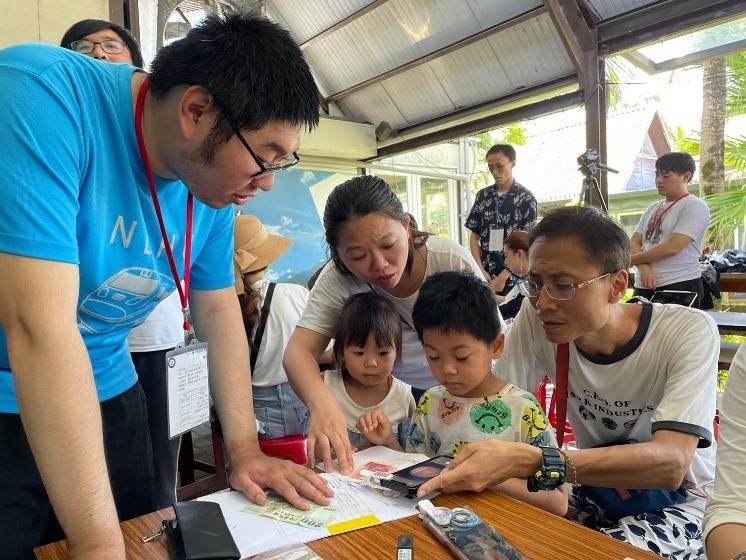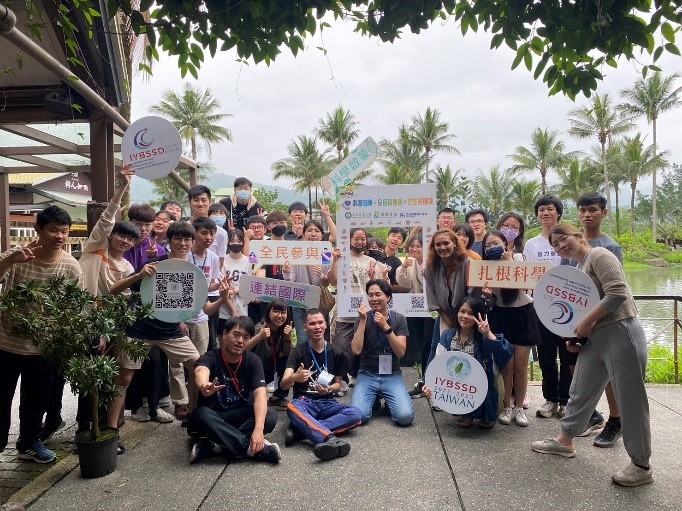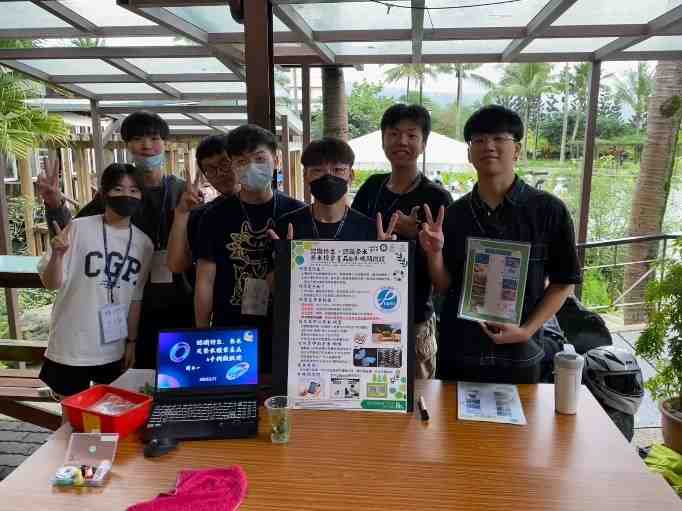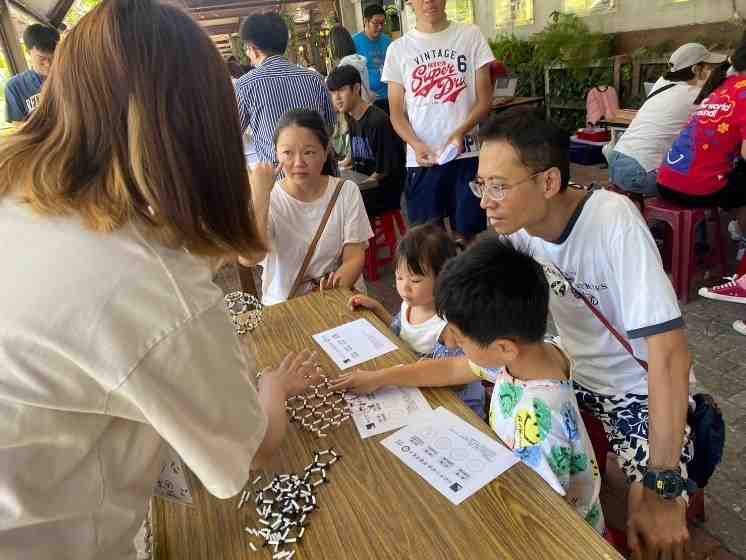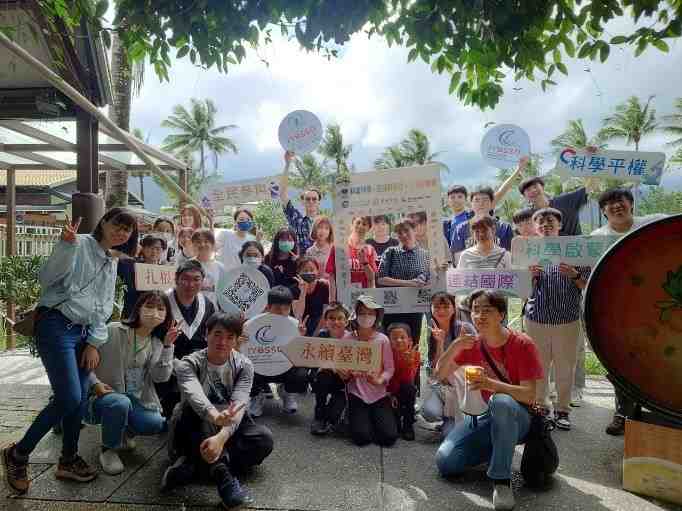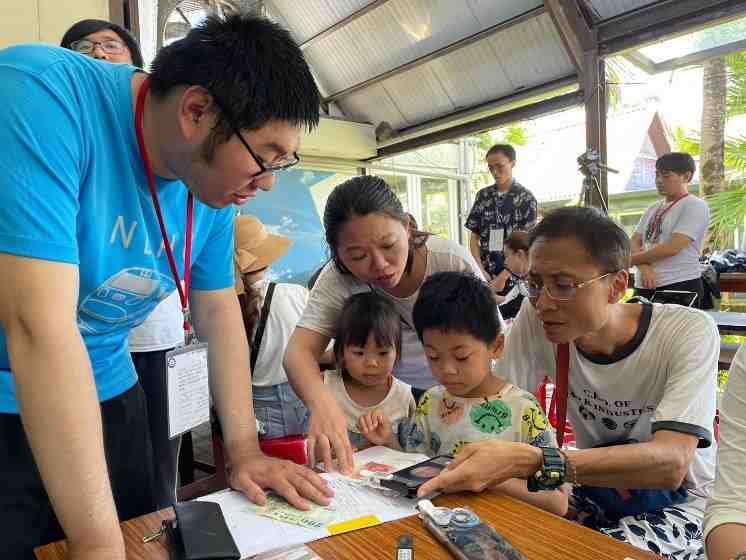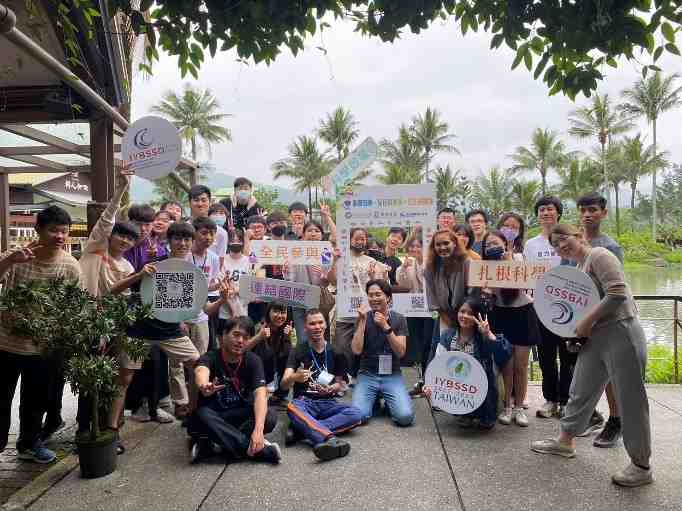Bionics and Environment Curriculum Module
The project team led by the principal investigator plans to promote science popularization activities on bionics (ecological nanotechnology) and environmental education by using the \Bionics and Environment Curriculum Module\ (developed and awarded since 2008). \Bionics and Environment,\ also known as \Ecological Nanotechnology and Environment,\ is defined as understanding the ecological phenomena that contain nanoscale characteristics in the environment, explaining the principles of nanoscale characteristics, connecting them to laboratory and daily life applications, and combining environmental education with various related aspects to encourage innovation and creativity in bionic design. During teaching, local scenic spots and bionics can be combined to lead learners to understand emerging technologies from familiar and friendly local ecological environments, while appreciating the irreplaceability of natural ecology. Furthermore, high-tech energy-saving and resource-saving can be used to achieve the goal of ecological education to \sustain the environment.\
Activity Goals aligned with SDGs Projects

Goal
Science Cultivation、Public Engagement
Type of event
Experimental Demonstrations
Organizer
National Dong Hwa University
Event Audience
Public
Contact
Telephone Number
03-8905179
erntmap@gmail.com
Result
5/27 Event DIY:1. Understand biomimicry and nanotechnology: Introduce the concepts ofbiomimicry and nanotechnology to understand the relationship between ecologicalcharacteristics and biomimicry applications and observe micro-scale appearancethrough a mobile phone microscope.2. Nano-alloys nanostructure and solidity: Understand that fewer gaps mean a solidstructure, connect with the wisdom of metallurgy from a hundred years ago, andlearn the impact of dispersion on solidity.3. Nanocarbon family: Make nanocarbon black, observe the properties ofnanostructures on water molecules, assemble graphene and buckyballs, explore thecorrelation, analyze three-dimensional and planar compositions, and understandbiomimicry properties and technological applications.4. Crystal vinegar and magical hot water: Understand the simulated stalactitephenomenon, explain the concepts of supersaturated solution and supersaturatedsodium acetate, observe the recrystallization phenomenon, make a hot-ice linkexothermic reaction, and reflect on life applications.5/28 Event DIY:1. Shell effect: Introduce two small experiments, the Mohs hardness challenge, andshell structure analysis. Understand that other ingredients will cause differenthardness and the importance of protein to the shell structure. Then, relatedbiomimicry applications are derived from the shell structure.2. Lotus leaf effect: Understand the lotus leaf effect, make hydrophobic props, andintroduce daily life applications that utilize the lotus leaf effect, such as pots, bowls,or building materials.3. Nanocarbon spheres: Introduce the nanostructures of fullerene, graphene, andcarbon nanotubes, including their geometric structures and composition methods.Explain the characteristics of their structures and examples of their relevance to lifeand biomimicry. The correlation is used to verify the properties of the nanostructure.
Number of Participants270人
Featured events
Contact Us
- Tel: 02-7749-6818
- Email: iybssdtw@gmail.com
Adviser

自然科學及永續研究發展處
Organizer
國立臺灣師範大學科學教育研究所、自然科學及永續研究推展中心、國立成功大學材料科學及工程學系、台灣物理學會、中國化學會
Co-organizer
中央研究院永續科學中心、中原大學物理學系、中華民國數學會、行政院原子能委員會、財團法人國家實驗研究院國家高速網路與計算中心、財團法人國家衛生研究院、高雄市政府教育局、國立中央大學科學教育中心、國立中正大學科學教育中心、國立成功大學科學教育中心、國立自然科學博物館、國立東華大學科學教育中心、國立科學工藝博物館、國立海洋生物博物館、國立海洋科技博物館、國立高雄大學科學教育中心、國立高雄師範大學、國立清華大學跨領域科學教育中心、國立彰化師範大學、國立臺灣大學科學教育發展中心、國立臺灣科學教育館、國家衛生研究院、淡江大學科學教育中心、逢甲大學綠能科技暨生技產業發展研究中心、臺北市政府教育局、臺灣永續棧、臺灣海洋聯盟、臺灣港務股份有限公司
